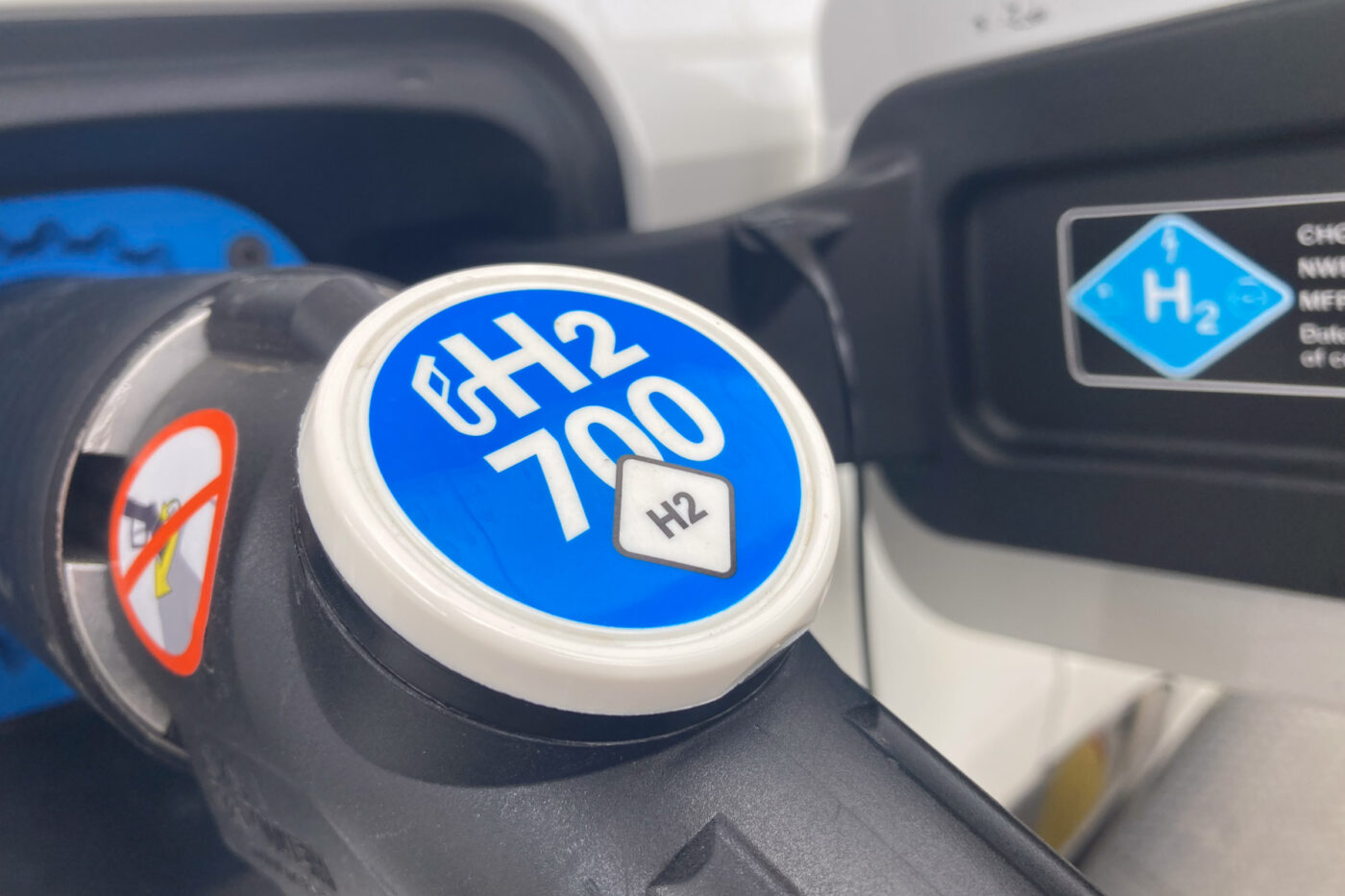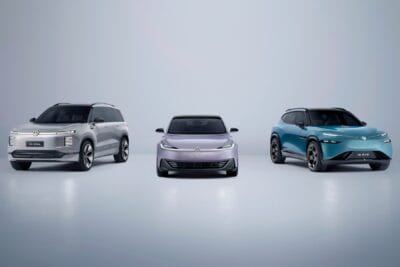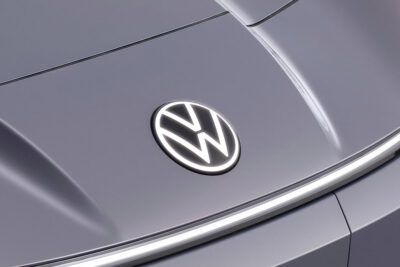SNE Research: Only 5,621 new FC vehicles in the first half of the year
The 5,621 FCEVs sold in the first half of the year were not only passenger cars, but also commercial vehicles. This is particularly relevant in the world’s largest FCEV market – China. According to SNE Research, a total of 2,501 fuel cell vehicles were sold in China between January and June. Of these, 2,478 units were commercial vehicles such as buses or lorries. This leaves only 23 units for the passenger car sector. These are the Haima 7X-H, the fuel cell version of the Haima 7X, a 4.82-metre-long combustion van.
While FCEV sales in China only fell by 16.5 per cent, the second-largest market, South Korea, suffered a drop of 41.8 per cent. While China and South Korea were still very close to each other after the first half of 2023 (2,996 and 2,992 sales respectively), South Korea only achieved 1,742 new FCEVs after six months this year. SNE Research attributes this to sluggish sales of the Hyundai Nexo on its home market – in addition to the fuel cell SUV, the Elec City FC bus is also included in the Hyundai balance sheet.
| Country | H1 2023 | H1 2024 | Delta | Marketshare 2023 | Marketshare 2024 |
|---|---|---|---|---|---|
| China | 2,996 | 2,501 | -16.5 % | 35.1 % | 44.5 % |
| South Korea | 2,992 | 1,742 | -41.8 % | 35.1 % | 31.0 % |
| Europe | 489 | 594 | 21.5 % | 5.7 % | 10.6 % |
| USA | 1,825 | 322 | -82.4 % | 21.4 % | 5.7 % |
| Japan | 202 | 440 | 117.8 % | 2.4 % | 7.8 % |
| Other | 20 | 22 | 10.0 % | 0.2 % | 0.4 % |
| Total | 8,524 | 5,621 | -34.1 % | 100% | 100 % |
Source: SNE Research
In Japan, FCEV sales have more than doubled compared to the previous year. With 440 units, Japan is now even ahead of the USA. The rest of the world does not play a significant role with 22 FCEVs.
With the exception of the coronavirus year 2020, sales of hydrogen vehicles rose steadily until 2022. At this (provisional) peak, there were 20,704 vehicles worldwide. By 2023, sales had already fallen by 20.7% to 16,413 vehicles. The first half of 2024 represents a further decline of 34.1 per cent.
“The fluctuating price of hydrogen; increasing cost of charging; and shortage of infrastructure; all of these, hindering consumers’ convenient use of hydrogen vehicles, are deemed as main reasons for such decline in the FCEV market,” writes SNE Research with regard to the South Korean market. “Unlike the roadmap proposed by the government, distribution of hydrogen vehicles has slowed down and plans of releasing new models are not encouraging, either.”





0 Comments